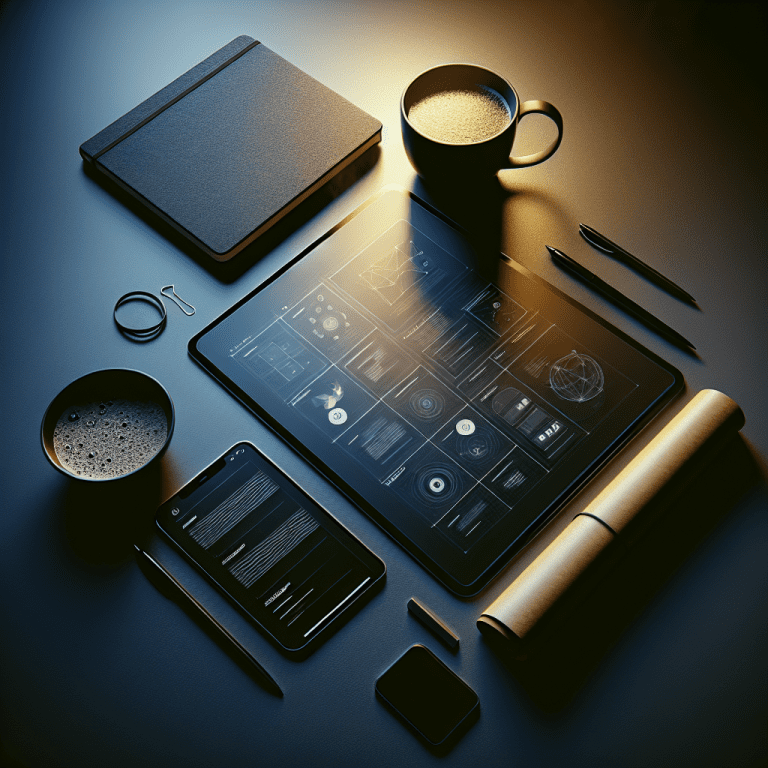As global awareness of environmental issues grows, more startups are choosing to embrace eco-innovation—combining sustainability with cutting-edge product development. For entrepreneurs, it’s no longer just about building fast and selling smart. Success today also involves making a positive impact on the planet. Integrating sustainability into every stage of the product lifecycle, using trusted eco-certifications, and learning from successful case studies can help startups stand out in a competitive market while doing good for the environment.
Developing a Sustainable Product Lifecycle: From Design to Disposal
The journey of a sustainable product begins long before it reaches customers. A responsible lifecycle includes thoughtful decisions at each stage—design, materials, production, use, and end-of-life.
Design with the Future in Mind
Eco-startups are rethinking the design phase by choosing materials that are recyclable, biodegradable, or sourced responsibly. Modular designs, which allow parts to be replaced or upgraded rather than throwing away the entire product, are becoming popular because they extend a product’s life and reduce waste.
Choosing Sustainable Materials
Using renewable and non-toxic materials can drastically reduce environmental harm. For example, startups in the fashion or packaging industries are experimenting with biodegradable fabrics and plant-based plastics. Life Cycle Assessment (LCA) tools help startups compare different materials and their impact from production to disposal.
Eco-Friendly Manufacturing
Manufacturing processes are another key factor. Energy use, water consumption, and emissions are all critical concerns. Eco-conscious startups are selecting local or low-energy production methods and working with suppliers who follow environmental standards. Some also use digital manufacturing techniques like 3D printing to reduce material waste.
Product Use and End-of-Life Planning
To make a product truly sustainable, its use must also be efficient. That means using less energy, encouraging reuse, and making recycling or composting easy when the product reaches its end. Designing products for disassembly allows consumers or recycling centers to easily separate recyclable parts.
Leveraging Eco-Certifications and Standards
Getting certified isn’t just about credibility—it’s a powerful way for startups to stand out in a crowded marketplace. Eco-certifications signal that a company’s products meet certain environmental and social standards, helping to gain both customer trust and compliance with government regulations.
Common Types of Eco-Certifications
Some of the most well-known green labels include the Energy Star for electronics, USDA Organic for food, and the Forest Stewardship Council (FSC) label for wood and paper products. Others like Cradle to Cradle certification cover the entire lifecycle of a product, ensuring its materials can be safely reused over and over again.
Benefits for Startups
Even though getting certified may involve time and money, the long-term benefits are big. Certification can open doors to green investors, environmentally conscious consumers, and even partnerships with larger brands looking to improve their own sustainability practices by working with eco-minded startups. Tools such as the Ecolabel Index help startups compare different labels and choose the right ones for their industry and goals.
Case Studies: Startups Succeeding with Eco-Innovation
Real-world examples show that combining eco-consciousness and business success is not only possible but profitable.
Case Study: Circular Electronics Startup
One European startup developed a modular smartphone designed for easy repairs. Users could swap parts rather than buying a whole new device. This discouraged the throwaway culture and greatly reduced electronic waste. With transparency around sourcing and recycling, the brand quickly gained strong customer loyalty and international recognition.
Case Study: Sustainable Fashion Brand
A small U.S.-based fashion startup began using only organic cotton and recycled fabrics. They earned GOTS (Global Organic Textile Standard) certification and marketed their products with full transparency about their supply chain. By using small-batch production and returning unsold inventory to be reused in future designs, they created a circular business model that attracted eco-conscious fashion buyers around the world.
Case Study: Green Cleaning Product Innovator
Another startup focused on natural cleaning products formulated with biodegradable, plant-based ingredients. They registered for the EPA Safer Choice label, proving their products were effective without harming people or the planet. Their unique packaging—refillable containers—allowed customers to reduce plastic waste. The company doubled its revenue within two years, showing that demand for green alternatives is strong and growing.
Final Thoughts: Bringing it All Together
Eco-innovation is more than a trend—it’s a necessary shift in how startups think about building products. By designing for sustainability, seeking eco-certifications, and learning from successful case studies, startups can create value that goes beyond profits. They not only meet the demands of today’s environmentally aware consumers but also help shape a greener future for everyone. Whether it’s through circular business models, responsible sourcing, or smart product design, integrating sustainability is now one of the smartest moves a startup can make.
Share this content:




